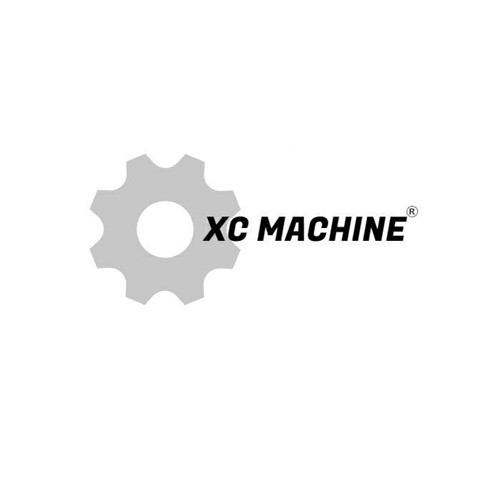Review of the past: What are the highlights of Caterpillar's largest excavator, the 395?
The 2020 exhibition was quite unfortunate as it coincided with the outbreak of COVID-19. However, the Americans were so determined that they still went ahead with it. Unfortunately, only Volvo abandoned the exhibition and fled, leaving the exhibits for people to view at will. Without further ado, let's take a look at the new 395 excavator showcased by Carter. The 395 is the largest in the 300 series. Don't compare it with the 6000 series, as that series is called the mining hydraulic shovel by Caterpillar.
395 is the successor model of 390F. It is the largest among the new generation of excavators. It's not called 390 because it makes sense. Firstly, its weight has reached 94 tons. Moreover, competitors also have models with a weight of 95 tons. We can't fall behind others.
According to the personnel at the exhibition site, the 395 is a completely redesigned model compared to the 390F. Besides being equipped with all the new technologies of the new excavator, although it still uses the Caterpillar C18 engine like the 390F, its power has increased. The boom and dipper have been specially strengthened in terms of strength, and the thickness of some structural steel plates has been increased to enhance durability. The increase in bucket capacity and structural weight has also strengthened the entire cab frame, and the center of gravity has become heavier. It can be observed at the site that the cross-section of the 395 boom is higher than that of the 390F, while the chassis part does not show any difference from the 390F. It is not ruled out that the track spacing may have slightly increased.
All the features of the new generation Caterpillar excavators are included in Model 395. From the cab to the hydraulic system, there's no need to elaborate. The main point to mention is the differences from other smaller models and Model 390F. First of all, the entire upper part of the vehicle, excluding the working device and the cab, has undergone significant changes in its layout. For previous models, whether it was A, B, C, D, E, F, or other models of the new generation, up to now, the radiator was on the left and the pump room was on the right. Only Model 395 was reversed. The change in layout led to a significant change in appearance. At the same time, the hydraulic oil tank was moved from the right side to the left side. Additionally, the counterweight, like that of Model 390F, can be removed by itself, but Model 390F uses a chain system, while Model 395 uses a single oil cylinder to remove the counterweight.
The relatively significant changes that cannot be seen from the exterior are in the hydraulic system. Traditionally, excavators usually have a working circuit and a pilot circuit. The Caterpillar's new generation of excavators has eliminated the pilot system. And the 395 model has taken this a step further by separating the rotation part, with the rotation pump and rotation motor forming a closed system, which improves the rotation efficiency. Of course, this is not a new technology. Large mining hydraulic excavators are all designed this way. It's just that it wasn't applied in ordinary excavators before.
In summary, the main features of 395 are: increased engine power; new generation hydraulic system; independent rotation; enhanced structure; layout changes; various new automated configurations; new generation cab; easier maintenance; improved performance and increased durability.



